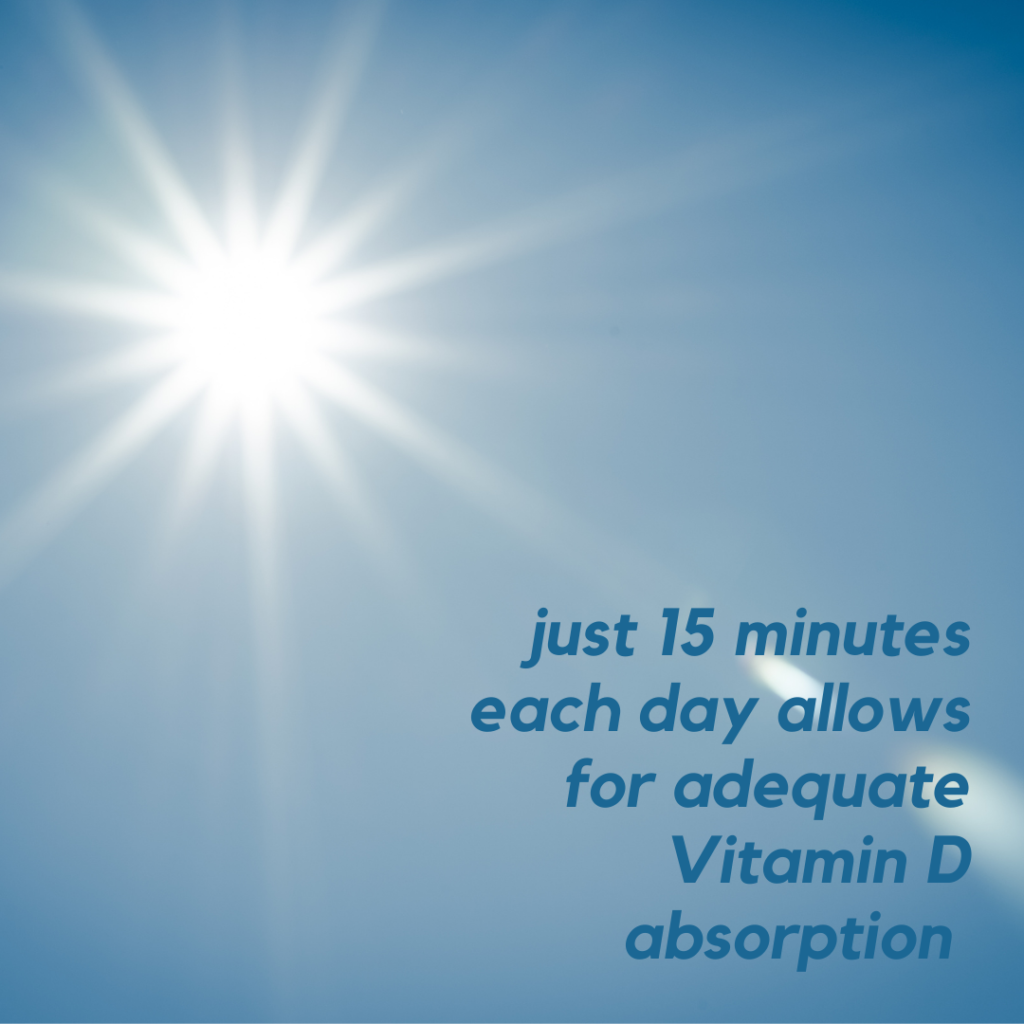January 10, 2021
Of the greatest concerns among aging adults, a fall related fracture sits high on the list. Among others on such list include cancer, Alzheimer’s disease and Parkinson’s disease. However, unlike the others where genetics play a large role, a fall related fracture can be prevented. Learn how exercise and osteoporosis go hand in hand.

How Does a Fall Related Fracture Happen?
Before we get into how, we have to understand what causes the fall related fracture.
As we age our body tends to reabsorb the phosphate and calcium from our bone. This ‘stealing’ from the bone itself makes the bones weaker and more susceptible to a fracture. Lack of activity can also account for some of the bone loss. When a ‘stress’ or load (our body) is not placed on the bones as often they no longer adapt, thus becoming weaker.
The question always arises, “when do the bones start becoming weak?”, frankly there is no defined age. Generally speaking researchers have discovered build up of bones occurs until about age 25. For the next 25 years bones remain quite stable. After the age of fifty, or during the initial stages of menopause (women), individuals can begin experiencing bone loss.
Therefore, after the age of 50, one can expect their chances of a fall related fracture to steadily increase. However, one would never know unless they wished to receive a bone density test. More often than not, individuals are unaware of their bone density until the first fall happens. It then becomes simple, if a fracture occurred, the bones have weakened. If a fracture did not occur, a bone density test will reveal whether osteopenia or osteoporosis is present.
The Silent Process
Osteoporosis affects over 200 million people world wide, making It the most common type of bone disease. As mentioned above, many will not have their bone density tested following retirement unless there is a cause for concern, i.e. a fall has already occurred. Unfortunately, as time goes on continued weakening occurs without any knowledge. After all, osteoporosis is the silent disease.
Those who are concerned, and have their bone density tested may learn things they were unaware of. The bone density scale ranges from -4 to +2, approaching negative four would indicate osteoporosis being present and increase the chances of a fracture. Osteopenia is the precursor to osteoporosis; it occurs from -1 to -2.5 on the scale. Don’t let the test fool you, a fall related fracture may very well occur at onset of osteopenia as well.

How to Reduce the Burden of Osteopenia and Osteoporosis
The most effective strategy to fend off the degermation of bone is a proactive approach. That is, understanding this disease has the ability to sneak up on any given individual and create life changing events. The strategies listed below are extremely helpful while being proactive and after onset of both osteopenia and osteoporosis.
Nutrition
Calcium is the main building block of skeletal bone, therefore ensuring calcium intake is adequate will help not only skeletal bone, but also muscles and nerves. Unfortunately, over time the body’s ability to absorb calcium decreases. Therefore the World Health Organization recommends 1500mg of calcium daily for those over 65 years of age (1 cup of milk is about 300 mg).
Residing within the sunshine state puts residents of Florida at a great advantage. Vitamin D is absorbed from the sun into the skin just about every day in Florida. Vitamin D helps the body to absorb calcium, thus promoting greater bone health. Adding a variety of Vitamin rich foods, such as oily fish, egg yolk, butter and mushrooms will also be beneficial when reaching for adequate vitamin intake throughout the day.

Exercise
Exercise may be the most critical component in maintaining and rebuilding bone structure to prevent osteoporotic falls and fractures. Unfortunately, much of the exercise that promises excitement and relaxation provides little to no benefit when it comes to building bone mass.
Programs such as walking, and low-to-moderate intensity weight bearing exercise were both shown to be ineffective in significantly increasing bone mineral density.
The programs shown to be most effective included high-intensity weight bearing exercise, such as resistance training. The resistance training should be tailored to an individuals needs, and physical ability. Therefore, a one sized group based progam is often found to be ineffective because individuals are not creating enough stress that would then cause adaptation.
What does it mean for you?
If you’re an individual over the age of 65 its best to begin thinking along these lines. Are you receiving adequate calcium intake? Are you able to be outside for 15 minutes each day to absorb Vitamin D? If not, what food can you add to a balanced diet that will allow for greater Vitamin D absorption? Lastly, are you receiving the right type of exercise? There is nothing wrong with using walking as a form of exercise throughout the week. However, it is important to note, in order to fend of the effects of muscle atrophy, osteopenia and osteoporosis, weight bearing, resistance training must be utilized.